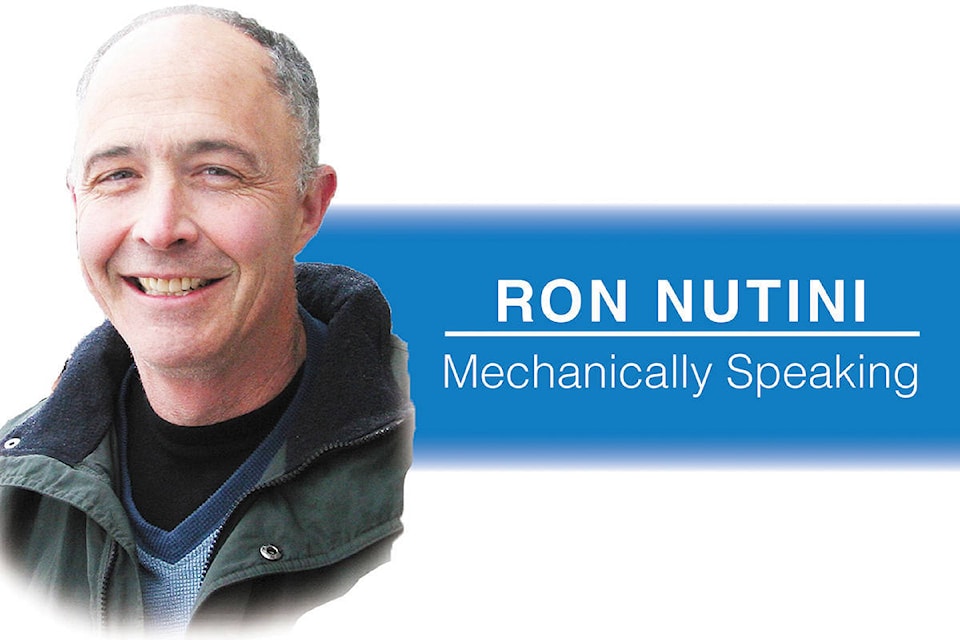I went for a drive this weekend. I drove a road I have wanted to drive on for a long time but just never got around to it. Finally. It did not disappoint.
Highway 31A from New Denver to Kaslo on a beautiful fall day. Forty-five minutes of mostly fifty kilometre per hour signed corners with spectacular lakes, creeks and mountains all the way through.
Fixing cars all the time can make you forget about why you love cars and driving various SUVs can make you wonder why nobody buys cars anymore. Especially small cars. 31A is made for a small sports car or sport bike.
Where not long ago the 31A would be a workout for a vintage sports car and driver, the modern day sports car will barely break a sweat nor will its driver. No manual transmission to shift. Just a couple paddle shifters to flick at and if you are really lazy just use sport mode and let it shift itself.
Driving the speed limit in a modern day automobile with the slightest of sporting pretensions is nowhere near its limits of traction and braking so hustling a little through the corners will not stress the driver or passenger. In fact your passenger may not even notice your lofty corner entrance and exit speeds (thankfully).
Brakes, tires, and suspensions are not what they used to be. They all have benefited enormously from advances in technology. That is just the start though. The advancements in electronic controls work their magic on your braking tires and suspension by way of traction control, anti lock braking, stability control, and maybe even electronic damping control on the suspension. On top of this many sports cars now come with all wheel drive.
All these fancy controls can make you feel invincible but they will hide your lack of skills. Driving at the limit of a modern sports car is far too dangerous on regular roads. Book some time at a real racetrack to hone those skills.
Modern technology has also invaded the engine compartment. In days gone by your sports car produced power at the top end of your tachometer and keeping a good pace in the mountains meant keeping the needle near the redline (the maximum rotational speed that your engine would tolerate). Most sports cars available today benefit from turbocharging and variable valve timing. These engines produce their power over a much longer rev range. Step on the gas at 2000 rpm and the power will build all the way to that maximum rotational speed. Grabbing the correct gear is not quite as important. It just makes spirited driving a lot less frantic.
Every good drive has to come to an end but a modern day sports car will continue to put a smile on your face to the very end. Like when it is time to fill the gas tank and you realize that you averaged seven litres per hundred kilometres (forty Canadian miles per gallon). What more can you ask for? Beautiful BC on a budget.
Trail’s Ron Nutini is a licensed automotive technician and graduate of mechanical engineering from UBC. E-mail: nutechauto@telus.net
